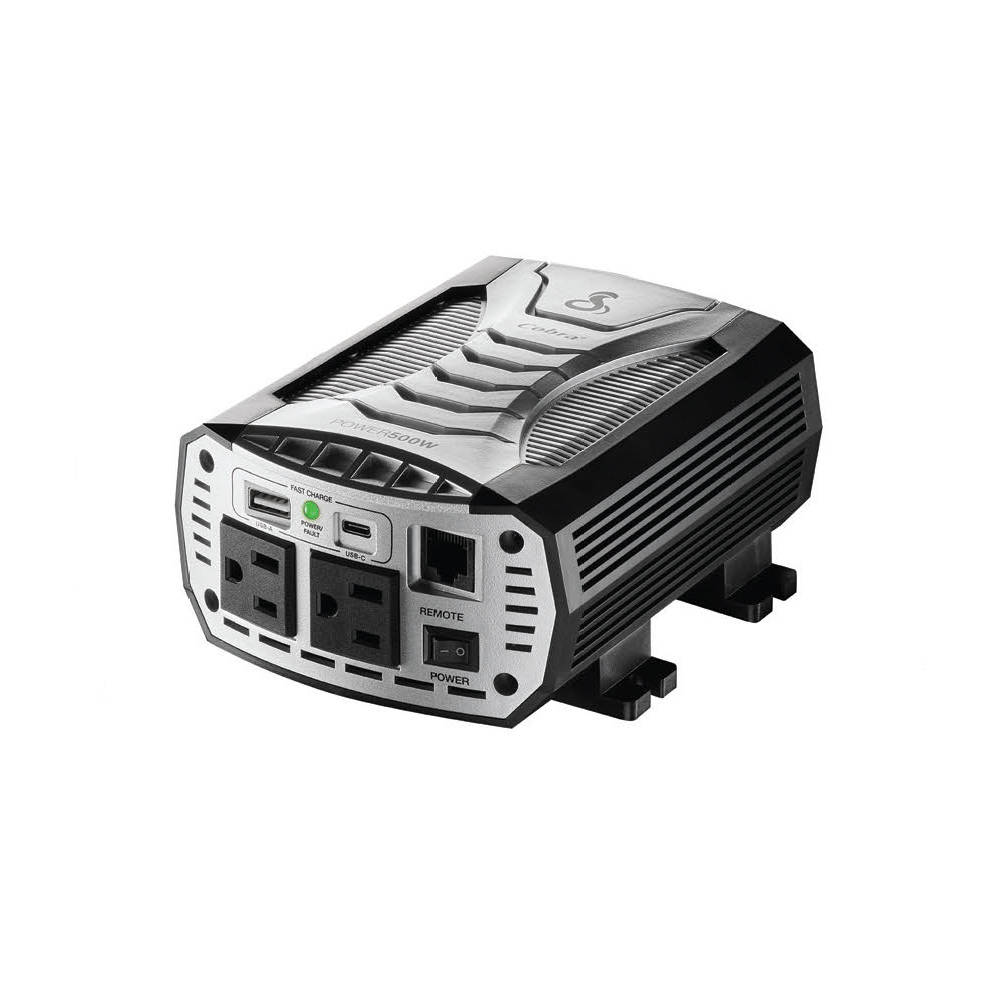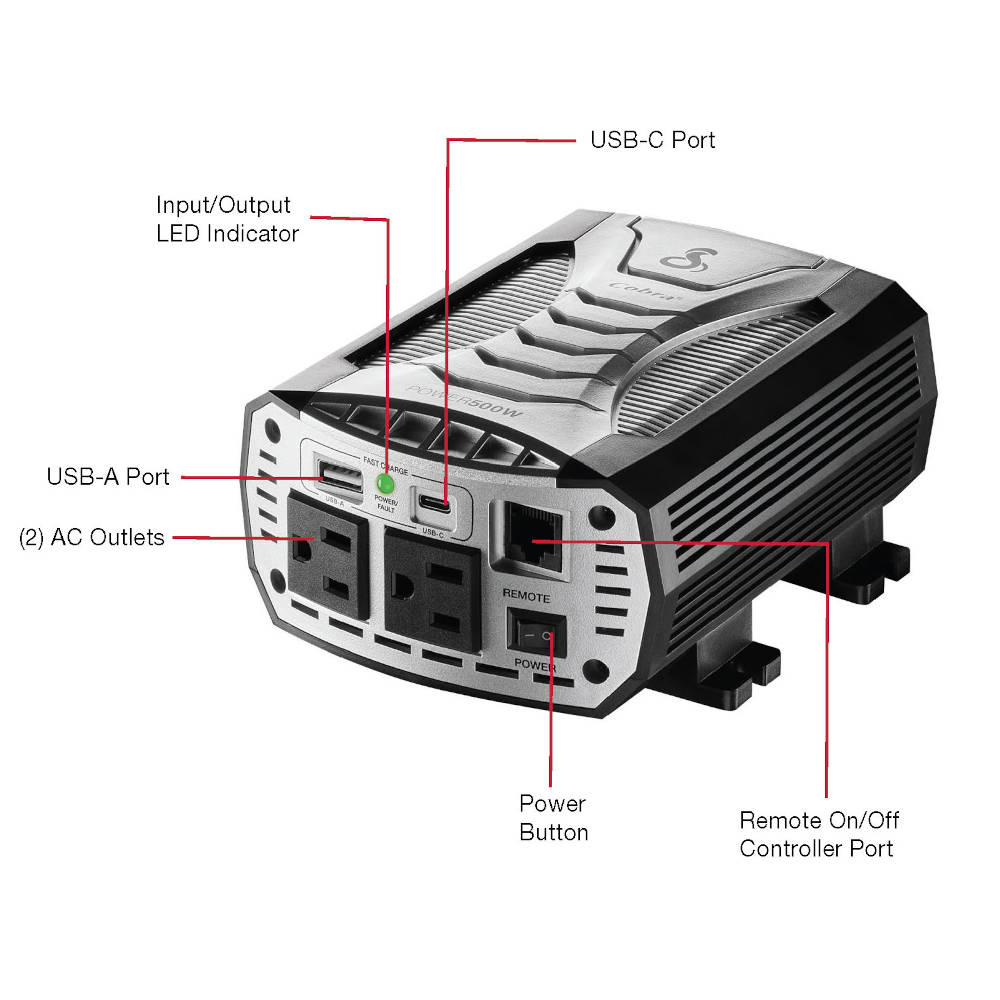Marine Inverters
Inverters
30 products
Showing 1 - 24 of 30 products
Inverters


Samelx EVOLUTION F Series Inverter/Charger, 1200 Watt, 120V
Sale price$1,023.95

Samlex Remote Control for EVO Series Inverter/Chargers
Sale price$171.95

Samlex Remote Control for EVO™ F Series Inverter/Chargers
Sale price$187.95

Samlex EVO-1212F 1200 Watt Pure Sine Inverter/Charger
Sale price$1,023.95

Samlex RC-300 Remote Control
Sale price$95.95

Xantrex PRO Series, 12 volt 1,000 & 1,800 watt Modified Sine Wave Inverters
Sale priceFrom $605.42


Samlex, SSW Series, Pure Sine Wave Inverters
Sale price$221.95

Xantrex, 12 volt 1,000 and 1,800 watt Freedom HF Inverter / Chargers
Sale priceFrom $756.31


Samlex Pure Sine Wave Inverters
Sale priceFrom $736.95


Samlex EVOLUTION™ Series Pure Inverter/Chargers
Sale priceFrom $2,011.95

Xantrex, 12 volt 600 watt PROwatt SW 600
Sale price$284.85

Xantrex, 12 volt Prosine 1,800 watt Inverter w/ Transfer Switch
Sale price$1,890.05

Xantrex, 12 volt Prosine 1,000 watt Inverter w/ GFCI Plug
Sale price$1,020.21

Xantrex, 50' Cable for Freedom Basic Remote On/Off Panel
Sale price$31.36

Basic Remote Control Panel for Freedom Marine Inverter/Charger
Sale price$177.76

ProMariner 2000W 12V Modified Sine Inverter
Sale price$574.95

ProMariner, Prosport Cup Holder Power Inverter
Sale price$46.50


Go Power 82690 Gp-Isw200-12V Pure Sine Inverter
Sale price$203.37


Cobra PRO 1500W Professional Grade 1500 Watt Power Inverter
Sale price$233.95


Cobra POWER 500W Multipurpose Inverter
Sale price$69.95


2500 Watt Power Inverter - Pro 2500W
Sale price$384.95


ProMariner Inverter 2000W 12V TruePower
Sale price$790.99


Samlex NTX 1500 Watt Pure Sine Wave Power Inverter
Sale price$498.95
Marine Inverters – Reliable DC to AC Power Conversion for Boats
Power your onboard electronics with confidence using Marine Inverters from Go2marine. This category features a wide selection of boat-specific power inverters designed to convert DC battery power into clean, stable AC electricity—essential for running appliances, tools, and sensitive electronics while at sea.
Why Choose Marine-Grade Inverters?
Unlike standard inverters, marine inverters are built to withstand the harsh marine environment. They feature:
- Corrosion-resistant coatings on internal components
- Advanced noise filtering to protect sensitive devices
- Robust construction for vibration and moisture resistance [go2marine.com]
Featured Products:
- Cobra POWER 500W Inverter – Compact and versatile, ideal for charging smartphones, laptops, and small appliances onboard. Includes fast-charge USB ports for added convenience. [go2marine.com]
- Samlex Pure Sine Wave Inverters – High-efficiency DC to AC converters offering pure sine wave output, perfect for sensitive electronics. Equipped with overload protection, low battery alarms, and minimal idle power draw. [go2marine.com]
Whether you're cruising, fishing, or living aboard, Go2marine’s marine inverter collection ensures your vessel stays powered safely and efficiently. Shop top brands and models tailored for every boating need.

